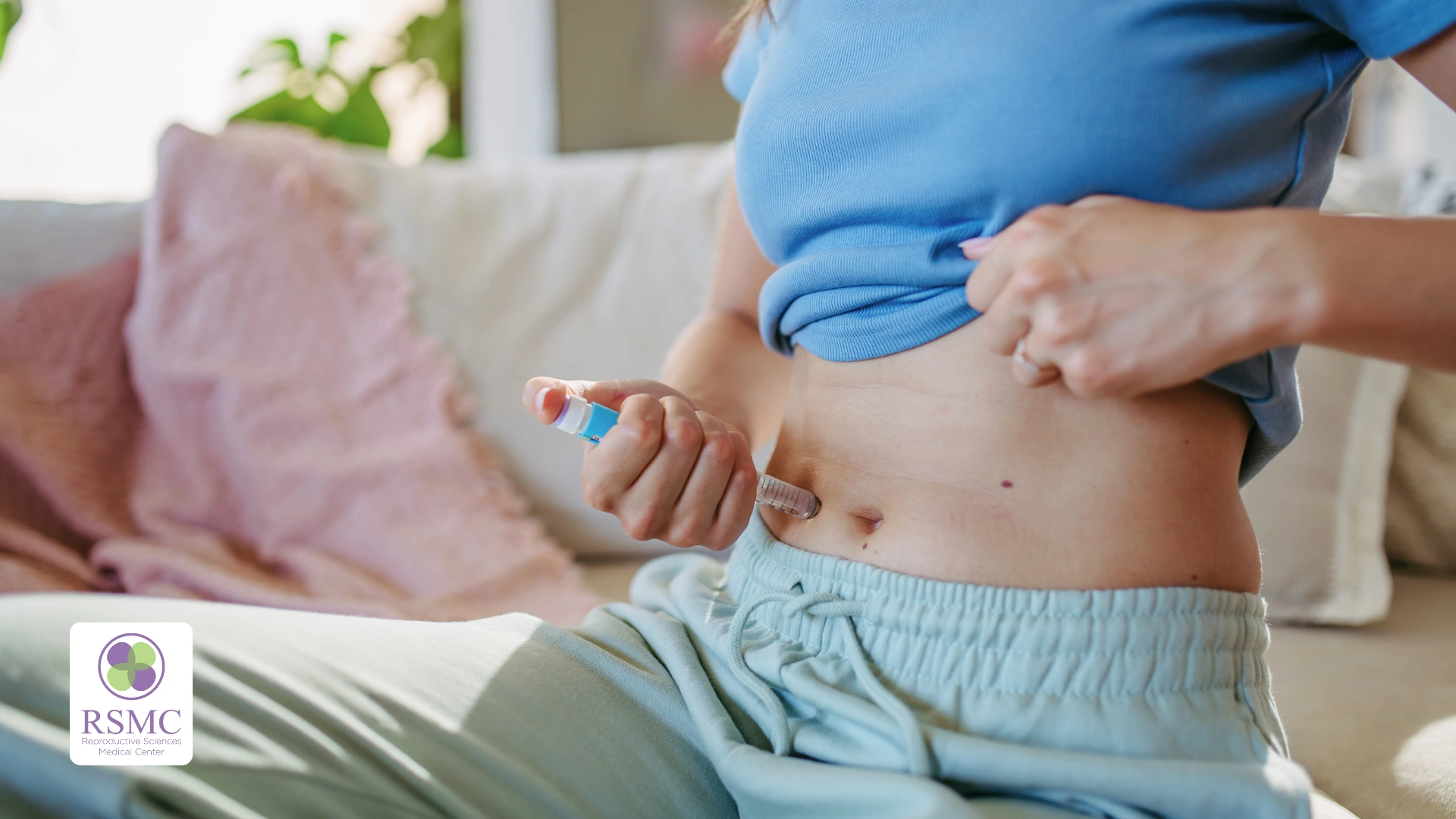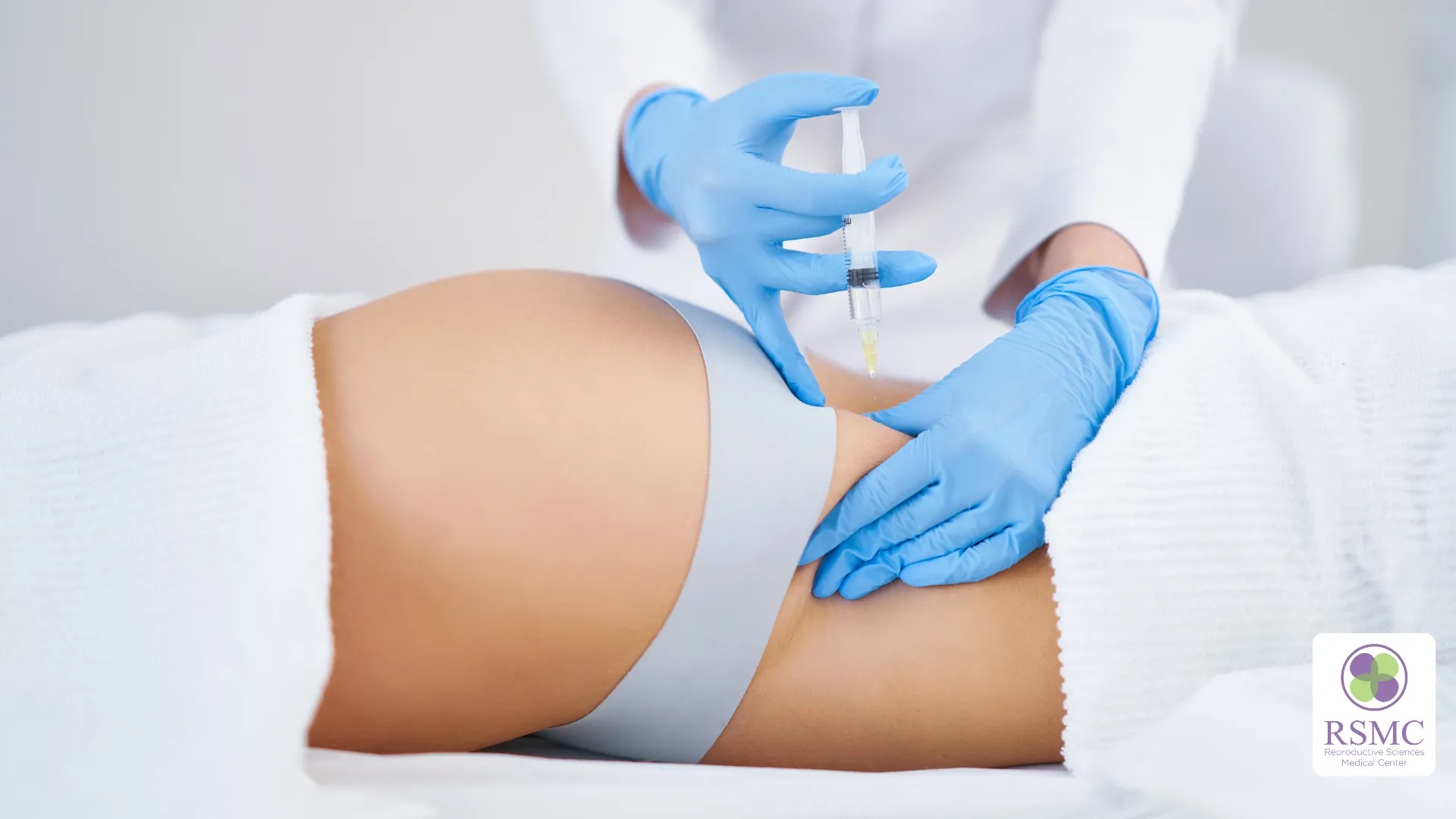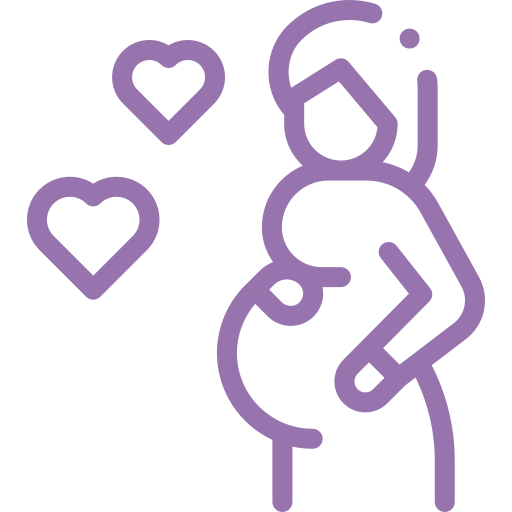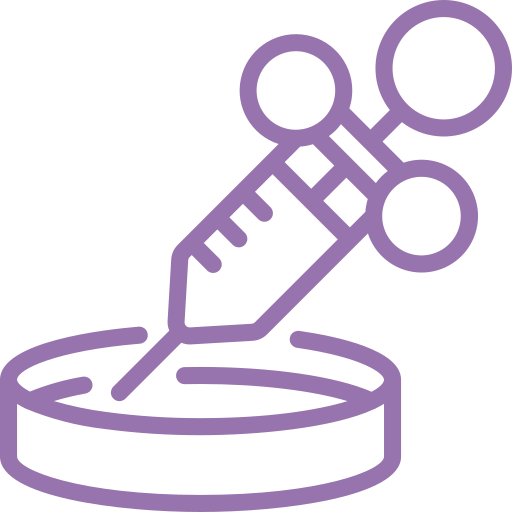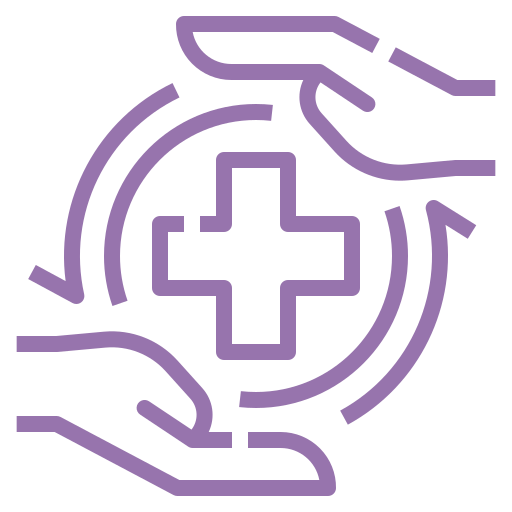Fertility medicine and technology has greatly evolved since the first successful embryo transfer took place in July 1983. In the beginning days of reproductive science and innovation, women who underwent an embryo transfer were placed on compulsory bed rest for a minimum of 2 weeks.
They were told not to stand up for whatever reason – not even to pee or use the toilet. Fortunately, recovery constraints of an embryo transfer have become very much different nowadays. Although it is important that you rest after the procedure, strict bed rest is no more necessary or even recommended.
Nevertheless, there are some activities and precautions you need to follow after undergoing an embryo transfer to increase your chances of a successful pregnancy.
To begin with, what exactly is an embryo transfer?
An embryo transfer is the final step of the IVF process. During in vitro fertilization, fertility medications are used to encourage the ovaries to mature and release as many healthy eggs as possible. These eggs are then harvested and implanted into the mother’s womb after they have been fertilized with a donor’s or the intended father’s sperm.
Today, IVF is a popular fertility treatment used to assist those who are finding it difficult to have their own children. It is usually suggested to patients living with endometriosis, ovulation disorders, womb fibroids, genetic abnormalities, or blocked fallopian tubes.
Moreover, advances in reproductive science have now made frozen embryo transfer possible. Frozen embryo transfer, or FET in short, is a process where a frozen embryo from a previous fresh IVF cycle is thawed and transferred back into a woman’s uterus. This implies that you don’t need another cycle of hormone stimulation and egg retrieval to have children in future. Frozen embryo transfer can be initiated while on your natural cycle as well as utilizing hormone preparation, or ovulation induction.
What does the research say about embryo transfers and bed rest?
Is bed rest necessary after an embryo transfer? Short answer – No.
Our knowledge concerning the importance of bed rest following an embryo transfer has advanced in the past few years. It’s now clear that strict limitations were not necessary – and a lot of studies have shown that to be true. Consider the following findings:
A 1997 study showed that even a full-day bed rest did not result in better pregnancy outcomes than a 20-minute bed rest did.
Similarly, researchers have also found that both women who stood up instantly after an embryo transfer and those who bed rested for 60 minutes after the procedure had roughly the same pregnancy rates.
According to the authors of a 2011 scientific review of studies on bed rest and embryo transfer, there was not enough evidence to prove that women should have bed rest after embryo transfer or IVF procedures.
As a matter of fact, newer studies have even shown that long bed rest can increase the chances of negative outcomes, especially for women who underwent an egg donor IVF.
It was found that taking bed rest and being inactive, together with elevated estrogen levels, resulted in insulin resistance and increased the formation of blood clots in the body. Eventually, these blood clots can affect the growth of the developing embryo by preventing blood flow to important areas.
However, mild activity improves blood circulation, lowers inflammation, and reduces stress. All of which are known to aid fetus development and improve the health of the would-be mother.
What to avoid right after an embryo transfer
You should be able to return to your regular activities following an embryo transfer, including mild to moderate workouts, which can be beneficial to both the baby and the mother. However, many experts would advise that you avoid any rigorous activities or workouts that can lead to discomfort, like jumping or lifting heavy objects.
Moreover, you will want to abstain from sex after an embryo transfer, as this can affect the implantation of the embryo in the womb.
Although a normal shower is allowed, some experts also advised that intended mothers stay away from heat, such as hot tubs or hot baths. The reason is that sustained elevated heat can increase internal body temperature, which can affect the implantation of the embryo in the uterus.
If you are experiencing mild constipation, spotting, mild bloating, or breast tenderness, there’s usually no need to be worried. However, you need to speak with your doctor or medical team if these symptoms are severe or concerning.
The fertility drugs you have been taking may result in ovarian hyperstimulation syndrome (OHSS). Contact your fertility clinic or doctor if you are experiencing:
- abdominal pain
- abdominal bloating
- nausea
- vomiting
- diarrhea
A word from RSMC
It is crucial that you stick to the instructions given by your medical team. They have a better understanding of fertility treatment procedures and can offer you valuable advice for your situation.
Remember that it’s not your fault if the embryo fails to implant. Studies have shown that the average woman needs 2.7 cycles of IVF before she can have a successful embryo implantation utilizing her own eggs. It sometimes takes time and several attempts to achieve a pregnancy.
At RSMC, all IVF embryo transfers using a fresh embryo as well as frozen embryo transfers are performed under the supervision of the most experienced fertility specialists. We recommend scheduling a consultation if you want to learn more about the embryo transfer cycle and other fertility treatments. You can also visit our website to get more valuable information and chat with us.


